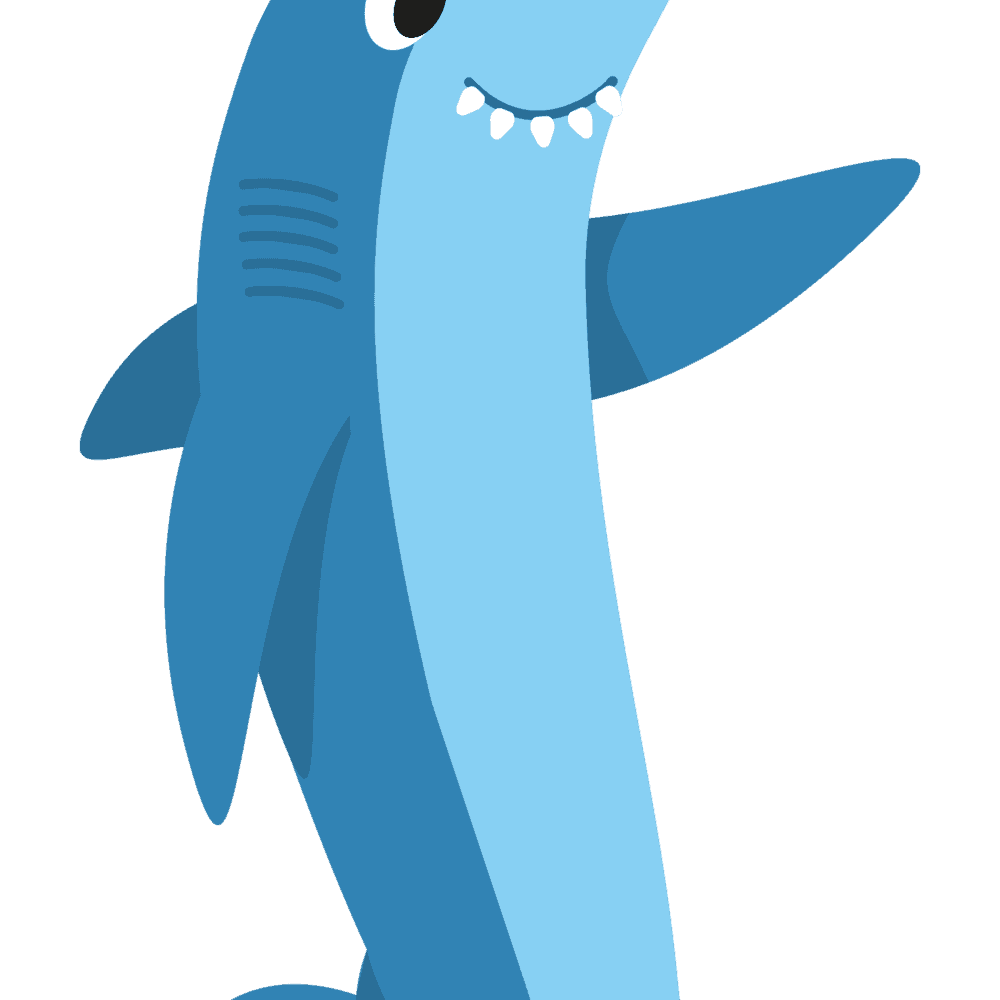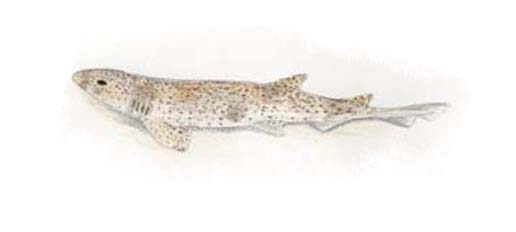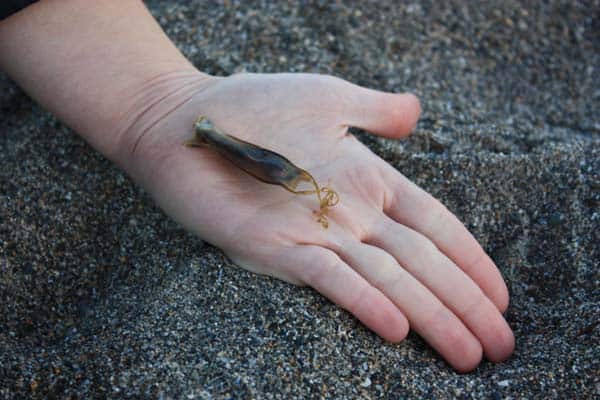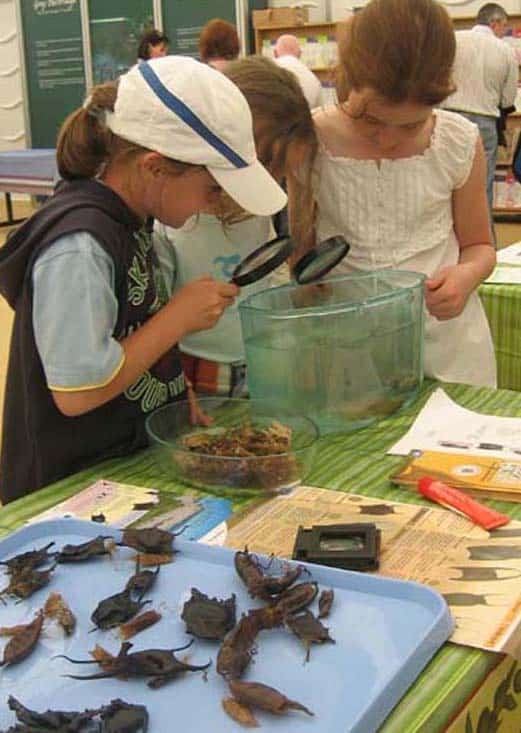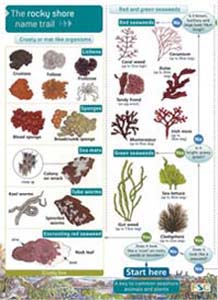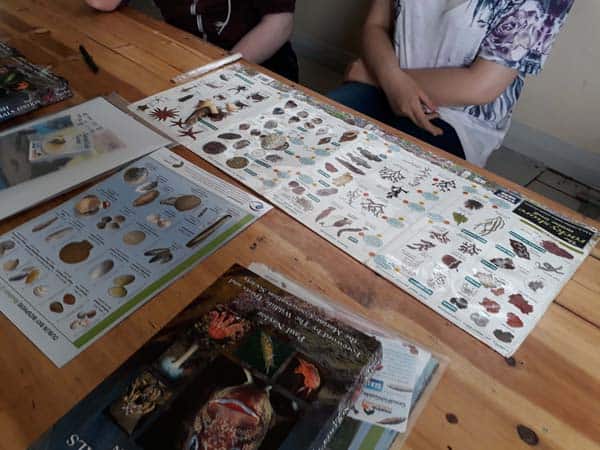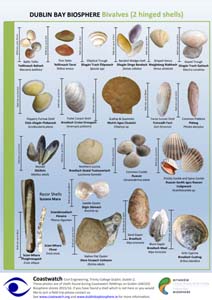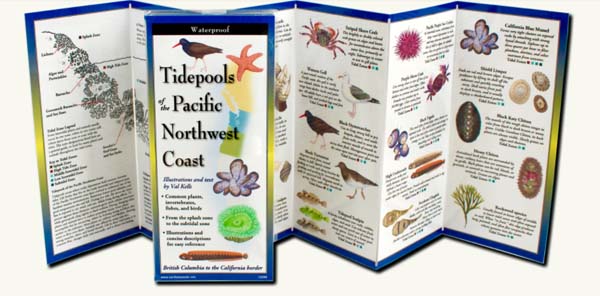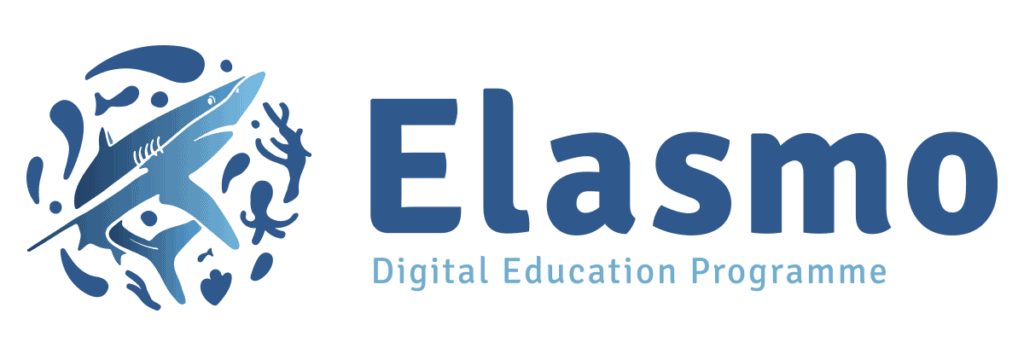
Sharks byte back!
Conservation NGOs work with schools to develop shark themed digital education resources for primary level
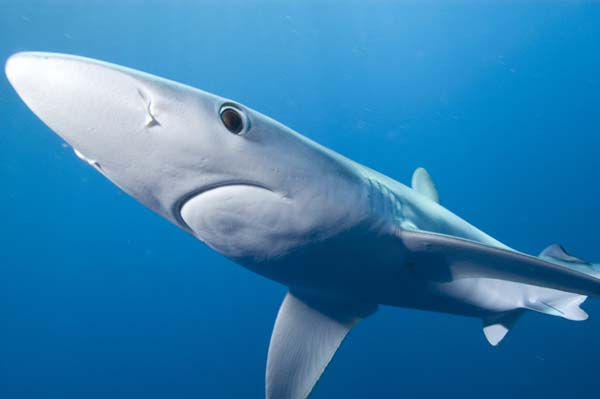
About the project
The Elasmo Digital Education Programme is a science based education project which aims to develop shark themed digital education resources for schools at primary level. The EU Erasmus + funded programme has been prompted by the need to develop more alternatives as a result of COVID 19, as well as the demand for more accessible education in relation to the marine environment.
Because many environmental educators have been unable to visit venues in person as a result of restrictions associated with COVID measures, conservation NGOs around the world are now seeking new ways in which to connect with the public, especially schools.
This project involves three European organisations who are all active on the shark conservation front, ie. Sharklab-Malta, LAMNA in Spain and Marine Dimensions in Ireland. With a third of the planet’s shark and ray species currently threatened with extinction, the team are keen to raise awareness for this often misunderstood group of fishes.
A key element of the project is collaboration with primary schools in Ireland, Malta and Spain; the team of marine biologists will be working with teachers who will trial the resources with their classes and provide feedback to the project developers. Shark themed resources will be introduced to teachers each quarter through a live online information event, providing a wonderful opportunity for exchange of ideas and information.
Materials being developed for the programme include interactive presentations in the form of an e-book, videos and activities such as quizzes, games and puzzles. Resources will also address a specific theme in relation to sharks and rays each quarter, while all material produced will be open source and non-copyright. Copies will also be available in Maltese, English, Spanish and Catalan.
The project runs for two years from March 2021 to February 2023.
If you are a teacher in a primary school based in Ireland who would like to trial shark themed education resources with your class, the Elasmo team would love to hear from you!
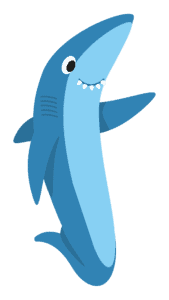
All you need to do is follow the steps below:
Step 1: Register your school here.
Step 2: Liaise with other teachers in your school regarding participating classes and attendance at the Teachers Information Events. The resources target 8-12 yr olds and the trial can be shared across several classes.
Step 3: Book your place at the next Teachers Information Event here.
Step 4: Trial the resources with your class within one month of attending the information event.
Step 5: Complete a short one page online evaluation form; we will send you the link after the information event, or if you prefer, you can request a call back from one of our educators to provide feedback over the phone.
Our theme for this quarter is Evolution of Sharks.
We’ll be introducing our new ebook, An Adventure in Time, and a fun Sharks, Snakes and Ladders game to teachers at the next Teachers Information Event which will take place on 30th September at 4pm.
We’re looking forward to sharing these resources with schools very soon!
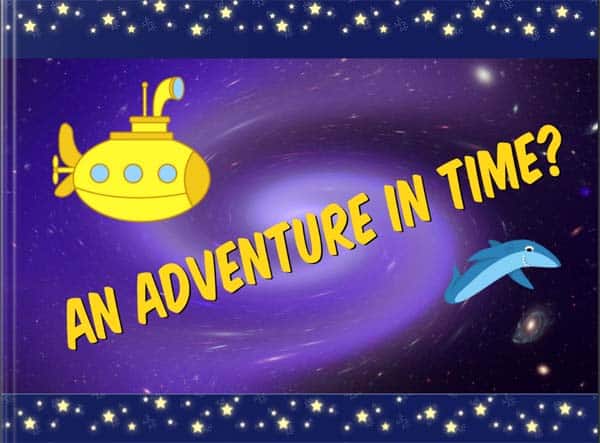
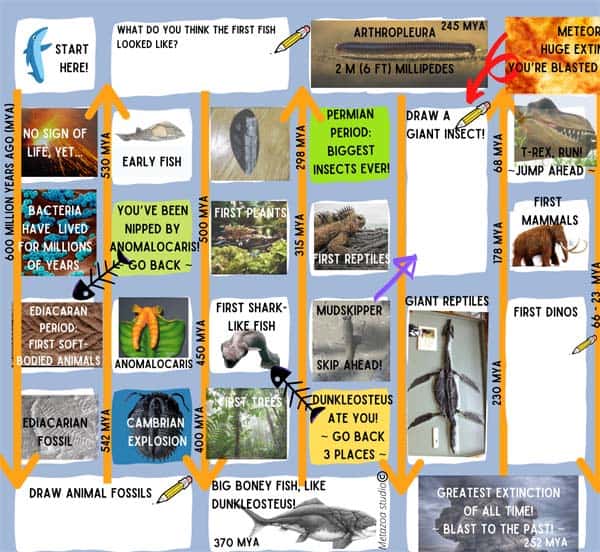
Project partners
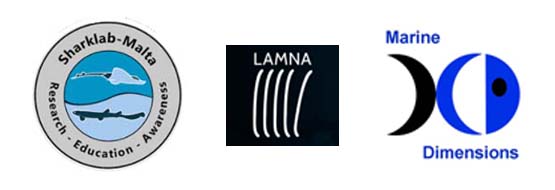
Supported by

